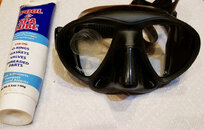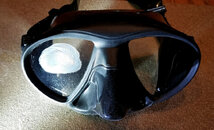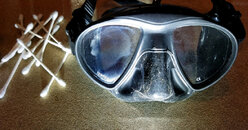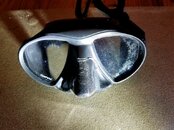It is my opinion that it is adsorption of the silicone molecules.The last big piece of this puzzle is whether or not the silicone is simply contaminating the glass or has somehow become chemically bonded to the glass.
snip
Here is a definition of adsorption:
Adsorption is defined as the adhesion of a chemical species onto the surface of particles. ... In adsorption, the gas or liquid particles bind to the solid or liquid surface that is termed the adsorbent. The particles form an atomic or molecular adsorbate film.








